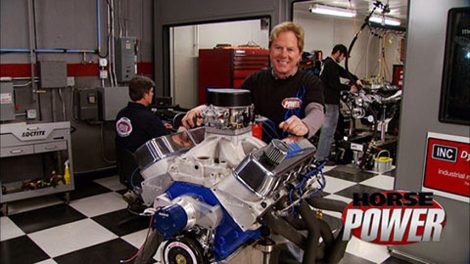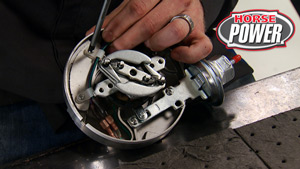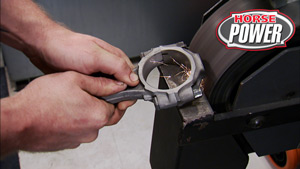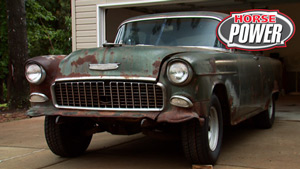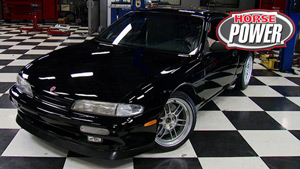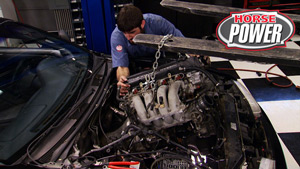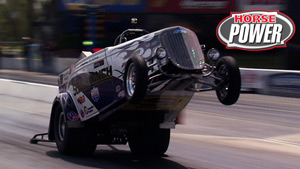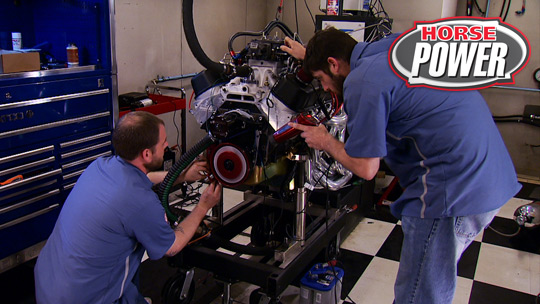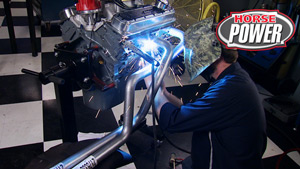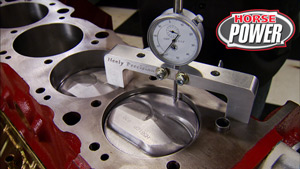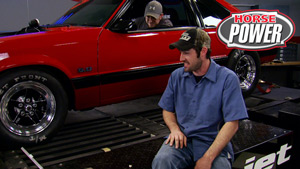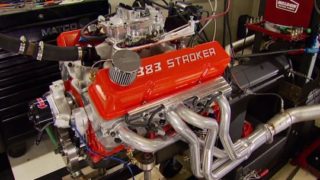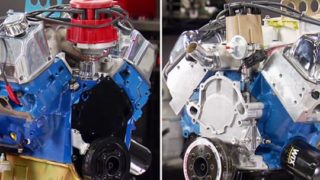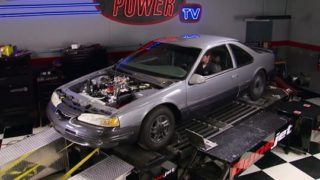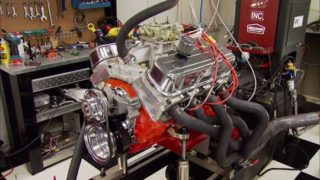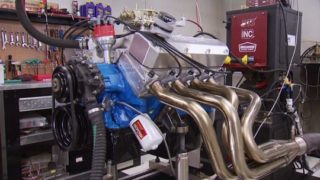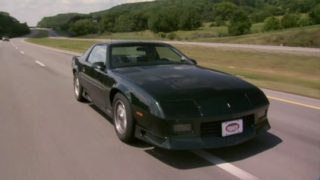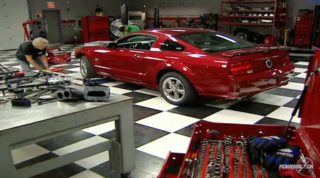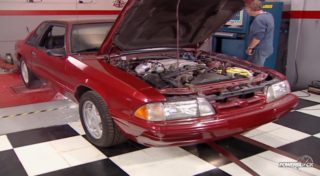HorsePower Builds
Want more content like this?
Join the PowerNation Email NewsletterParts Used In This Episode
ARP
Rod bolt kit, head bolt kit, 12 pt accessory kit, flywheel bolts, flexplate bolts, torque convertor bolts for aftermarket and stock convertors.
Crane Cams
Aluminum roller tip rocker arm kit 1.5 ratio.
Crane Cams
Dual valve spring assembly, pushrods, timing set, hydraulic roller lifters, aluminum cam button spacer, hydraulic roller cam.
Dake
Arbor Press.
Eagle Specialty Products
"ESP" 4340 forged crankshaft.
Eagle Specialty Products
Chevy 572 rotating assembly, 4340 crank, "SRP" forged aluminum dome pistons, 6.7 rods, balanced and ESP armor coated.
Edelbrock
BB Chrysler open chamber aluminum cylinder heads.
Edelbrock
CH-6B aluminum intake manifold.
Edelbrock
Edelbrock/Musi Victor 24 deg. CNC ported BBC heads.
Edelbrock
Polished aluminum water pump.
Edelbrock
Super Victor CNC machined BBC intake for 4500 Series carb.
Federal-Mogul Corporation
Main bearings, rod bearings, .030 pistons, piston rings, freeze plug set, connecting rods.
Federal-Mogul Corporation
Oil pump pickup.
Federal-Mogul Corporation
Performance R.A.C.E set, intake manifold set, head gaskets, exhaust header gaskets, oil pan gasket, valve cover gaskets.
Holley
Hooker Super Competition headers 1.75" primary 3.5" collector ceramic coated.
Holley
Three 2300 style carbs, consists of two end carbs and one center carb.
Jesel Inc.
Comp Series shaft mount rocker arms.
Loctite
Blue Loctite Threadlocking Compound, Retaining Compound, RTV Silicone.
Lunati
Solid Roller; Rough idle. Good cam for 496 & ┬А┬У572 cubic inch motors with dominator style carburetors. Needs 5500 RPM stall converter or better, headers, 12.5:1 compression ratio or better and and 5.13 gearing. Works well with nitrous or in a blown application! 3/8" PUSHRODS, (+) .300 taller mechanical roller lifters.
Made For You Products
Spark plug wire seperators.
Moroso
BBC electric water pump and outlet for 1.75 hose.
Moroso
Painted oil pan and pump.
MSD Ignition
Pro-Billet Distributor, Super Conductor spark plug wires.
O'Reilly Auto Parts
Dupli-Color engine paint.
Powermaster
Chrome Chrysler 75 amp alternator.
Quick Fuel Technology Inc.
1250 CFM Drag carb 4500 Series.
Race Pumps LLC
Mechanical fuel pump and regulator.
Stef's Performance Products Inc.
Aluminum fabricated oil pan wet sump internal pump, high volume oil pump and pickup.
Summit Racing
Air cleaner assembly, throttle linkage kit, throttle cable, fuel line kit, and choke assembly.
Summit Racing
ATI Balancer.
Summit Racing
Cloyes quick adjust timing set.
Summit Racing
March Performance Serpentine pulley set.
Summit Racing
Mopar Performance valve covers, twist in breather, timing cover, aluminum water pump housing, intermediate shaft.
Summit Racing
Retainers, bronze distributor gear.
VP Racing Fuels
110 octane racing fuel.
WD-40
Multi-Purpose Penetrant and Lubricants.
World Products
Merlin III engine block 4.560 bore with splayed billet main caps.
